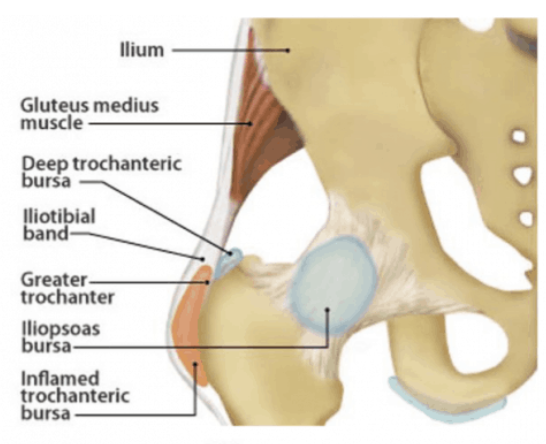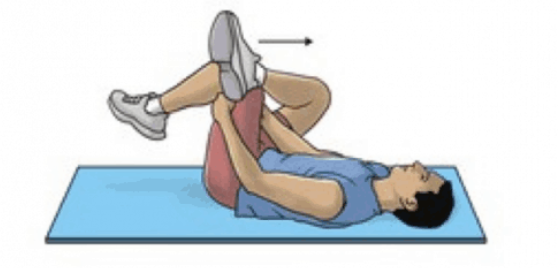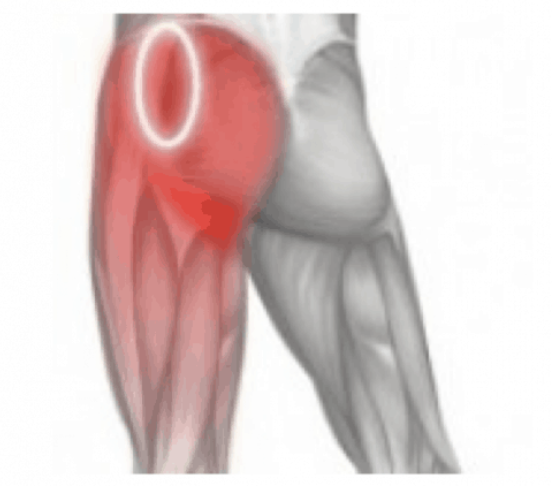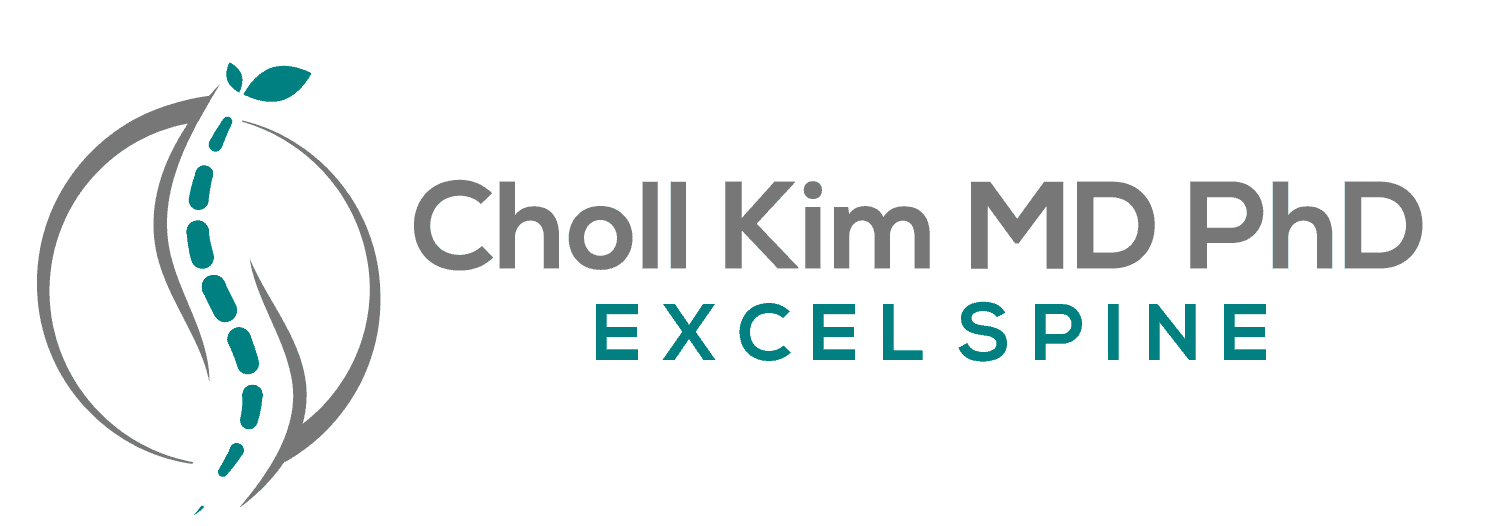Overview
The greater trochanter is the large bump on the top side of the femur, which makes up the outside of the hip. Surrounding this area is a bursa, a thin sac of tissue containing fluid that lubricates and reduces friction. This bursa cushions the greater trochanter of the hip, and separates it from the muscles and tendons of the thighs and buttock. The gluteus medius muscle is attached to a long tendon called the Iliotibial band (IT band) which connects the Ilium (pelvis) the tibia (below the knee). This tendon lies directly over the trochanteric bursa.
Greater Trochanteric Bursitis
Trochanteric Bursitis is the inflammation of the tranteric bursa. During certain activities, the gluteus medius muscle pulls the IT band over the greater trochanter, causing it to rub against the bursa. This movement can result in inflammation or irritation of the bursa, known as bursitis. Most patients find relief from stretching as demonstrated in the middle picture on the left. Treatment options include medication, injections, physical therapy, a shoe lift, and weight loss. If all other treatments fail, surgery may be an option.



Causes
Trochanteric Bursitis is commonly caused by an acute injury such as falling or bumping the hip. It can also be caused by repetitive activities such as twisting or overuse, seen mostly in athletes. Other causes include leg-length inequality, some spinal conditions, previous surgery around the hip, and diseases such as gout, psoriasis, or thyroid disease.
Symptoms
Symptoms include pain on the outside of the hip or thigh, tenderness when pressing on the hip, and pain that worsens during prolonged activities or sitting cross-legged.

